World Cocktail Day 2025: Classical Cocktail Recipe Essentials And Twists To Try
Blending classic cocktails is all about making oneself familiar with some of the basics of cocktail craft that are instrumental in mixing drinks which have endured through time.
Classic cocktails are such concoctions crafted by mixologists and bartenders that bring together both complementary and contrasting flavour notes in exemplary blends which have retained their popularity amidst shifts in mixology cultures.
Knowing more about the fundamentals of classic cocktails then comprises an interesting study of drink blends as well as of mixology techniques that can be mastered to then add subtle twists to these recipes.
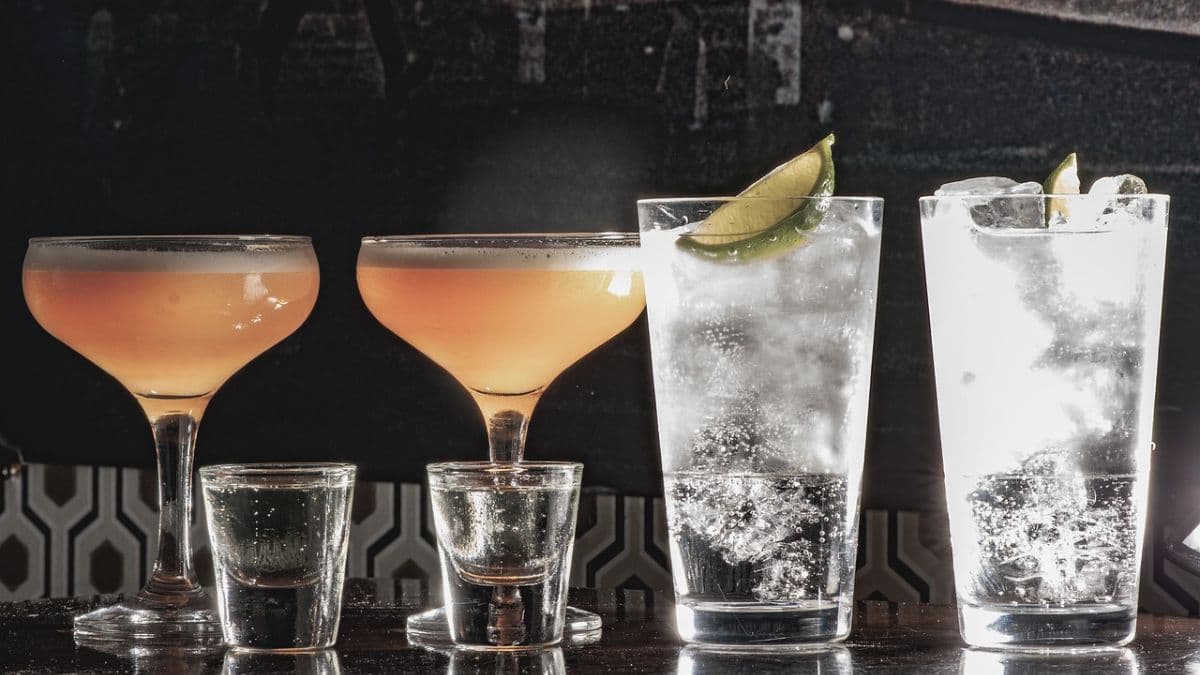
The Golden Ratio
One of the most essential cocktail fundamentals is the golden ratio. This is the proportion in which ingredients are incorporated in recipes to lend drinks an exquisite flavour balance. Mastering the golden ratio is the simplest way to prepare well-crafted drinks complete with just the right amount of ingredient additions.
This golden ratio is a classic coming together of two parts spirit with one part of sour flavours and one part of sweeteners.
And what’s more, knowing and practicing the golden ratio becomes all the more essential while adding subtle twists and innovations to classic cocktails so that the newly prepared mixes retain this balanced flavour composition which is characteristic of proportionately blended drinks.
The golden ratio forms the base of a number of classic cocktails like margaritas, palomas, old fashioned, bloody marys, gin and tonics and more.
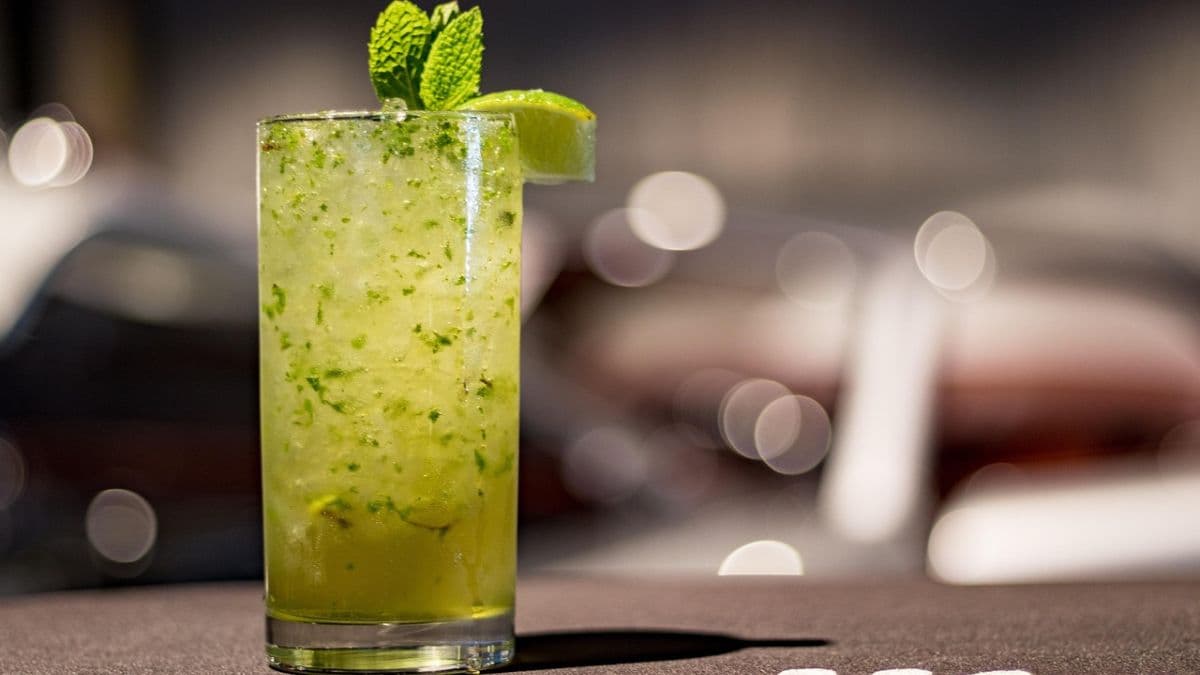
Essential Base Spirits
The next fundamental element of blending cocktails is to work with certain essential base spirits. These are liquor variations well-suited to blending drinks because their flavours are versatile enough to accommodate a large body of tasting notes.
This means, adding about 30 ml Ciroc Ultra Premium Vodka or any other premium vodka of choice to a classic cocktail blend enables a mixologist to add a range of flavours from sweet to sour to savoury to umami to the recipe. The spirit will be able to complement the other tasting notes in the blend to bring about a balanced mix. Along with vodka, such base spirits for cocktails would comprise gin, tequila, whisky, rum and in modern mixology, even mezcal.
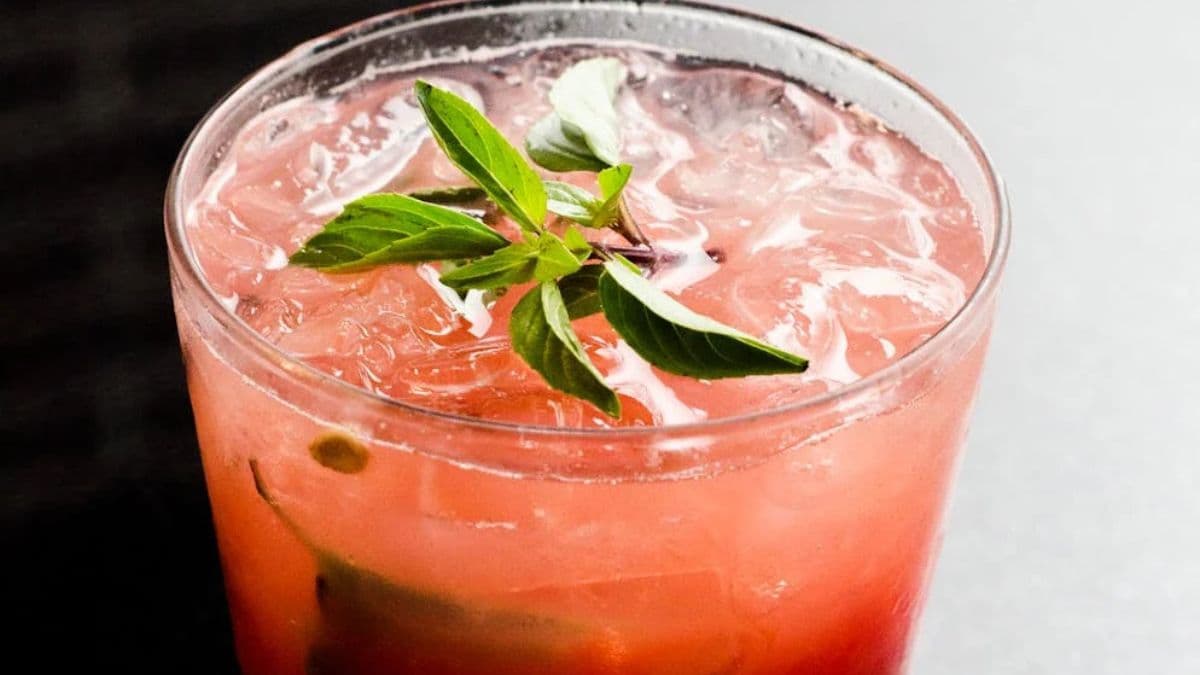
Fundamental Ingredients And Glassware
The next crucial element in building classic cocktails is certain basic ingredients and elements which maintain flavour and add complexity to drinks. Some of these elements can be explored as follows:
Mixers: This means anything from syrups and sodas to fruit juices and infusions which build additional flavours in cocktail blends.
Garnishes: Aesthetic elements that add bright pops of colour to drinks, garnishes come in many forms including fresh and dried herb sprigs, citrus wedges and peels, fruit chunks and sometimes sugar and salt rimmed glasses.
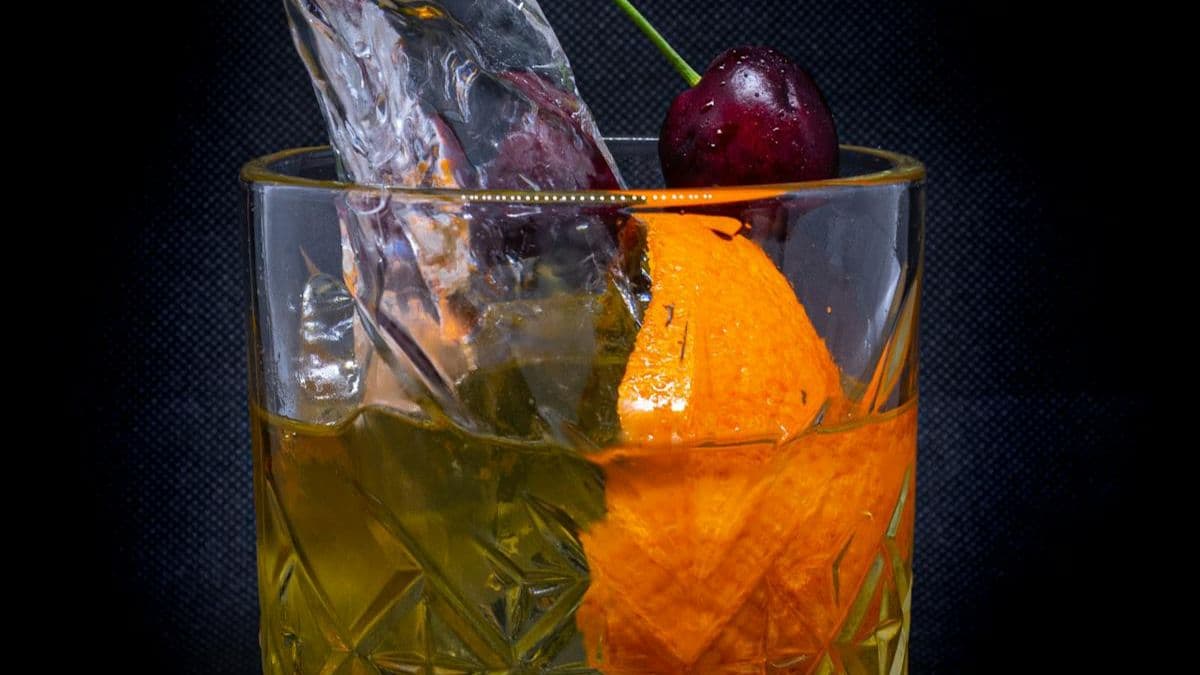
Ice: One of the most important ingredients for blending cocktails, ice not only chills a drink but also ensures that the flavours in the mix become more pronounced. Ice also slows down dilution so adding large ice cubes which melt very slowly is a fundamental hack for blending classic cocktails.
Glassware: Serving glasses can be determined based on the concoction being prepared. From coupé glasses bearing wine cocktails to tall highball glasses and champagne flutes filled with fizzy drinks, proper glassware ensures that the blends remain structurally intact.
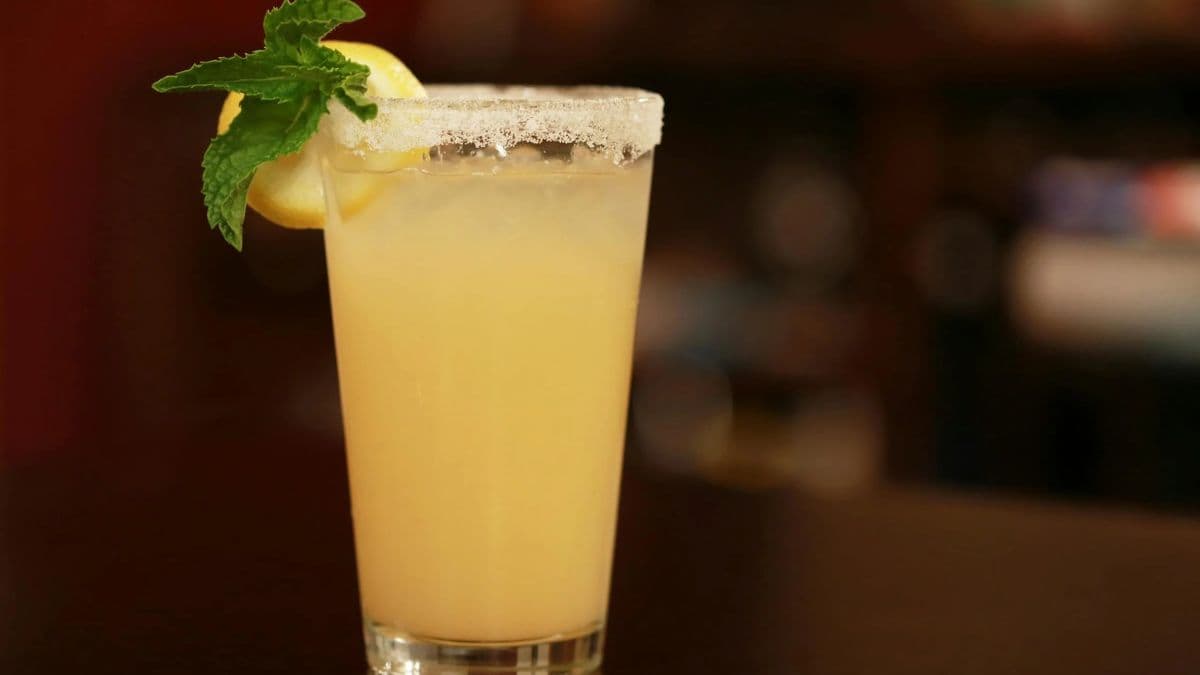
Adding Twists To Classic Recipes
With all these fundamentals under one’s hat, it now becomes simpler to lend subtle twists to cocktail recipes that build more flavour into familiar classics. These twists are an exploration of mixology possibilities and skill and can mean something as easy as replacing a spirit with another spirit. This hack can be employed while crafting the martini cocktail recipe which many times swaps the classic gin out for vodka.
Another twist comes in the form of ingredient additions that are suitable for building seasonal, fruity or other thematic elements in drinks. Using mangoes in summers for blending margaritas and adding coffee liqueur to a martini cocktail recipe in autumn are only some ways of imbuing these subtle yet dynamic twists into classic concoctions.
Drink Responsibly. This communication is for audiences above the age of 25.




